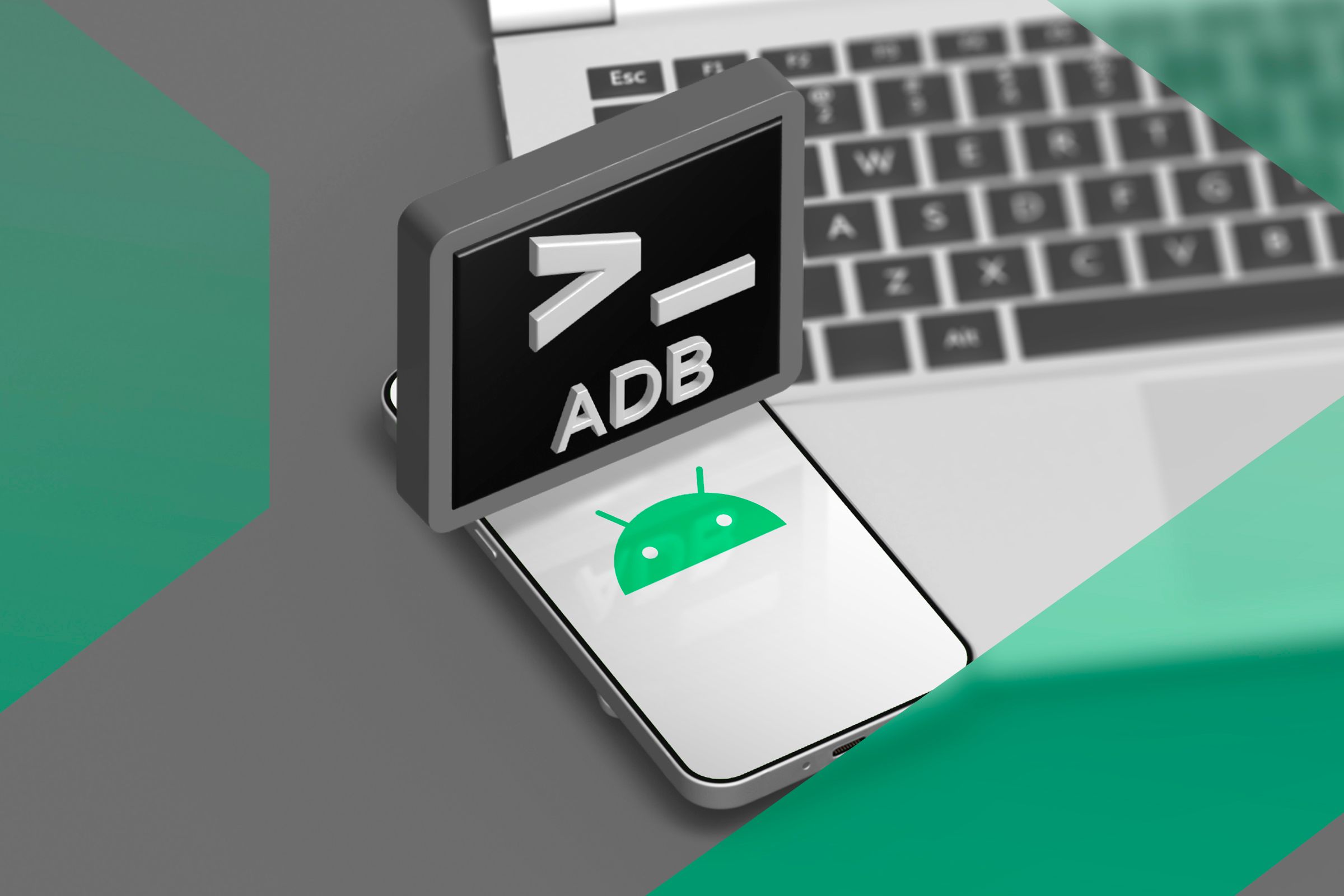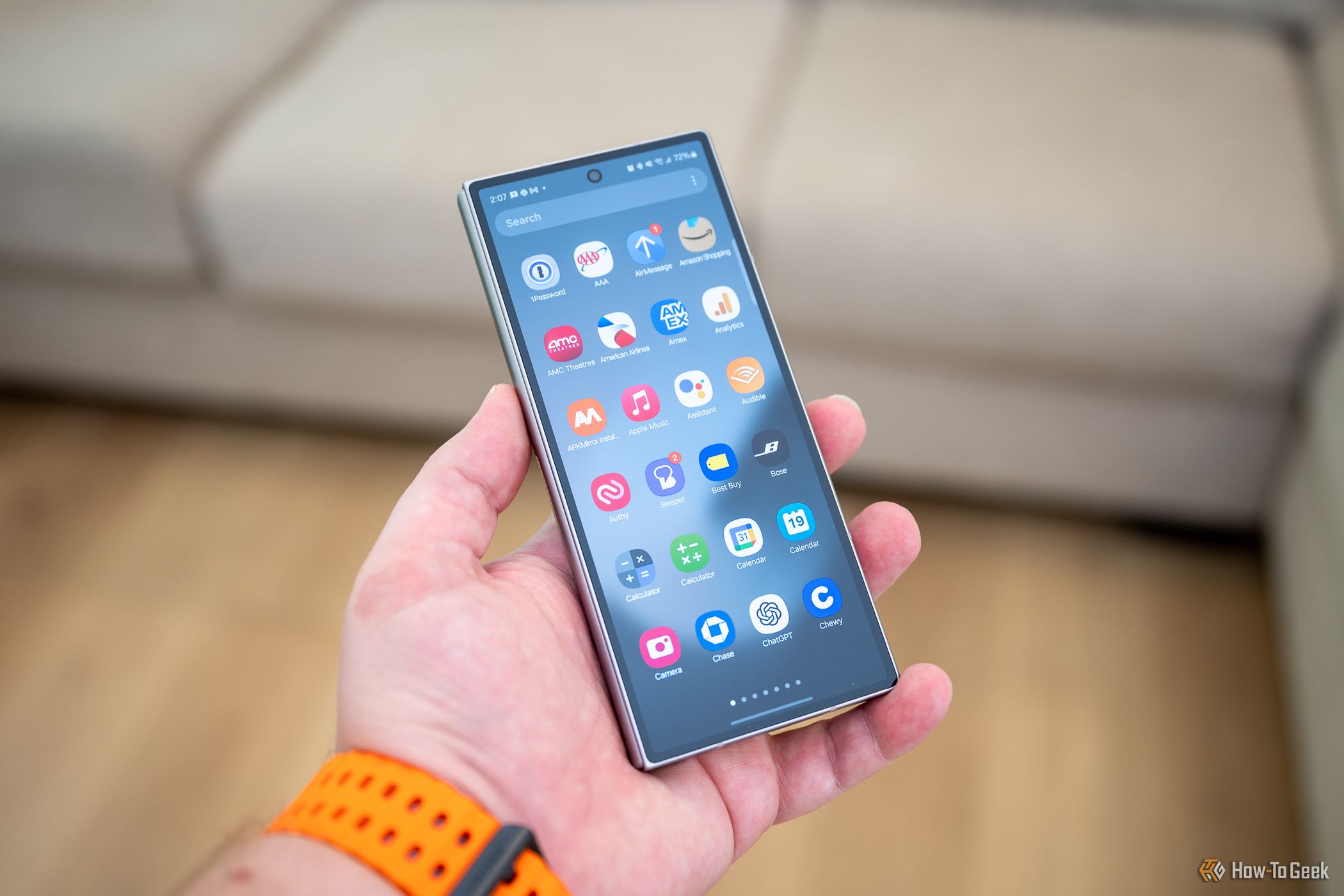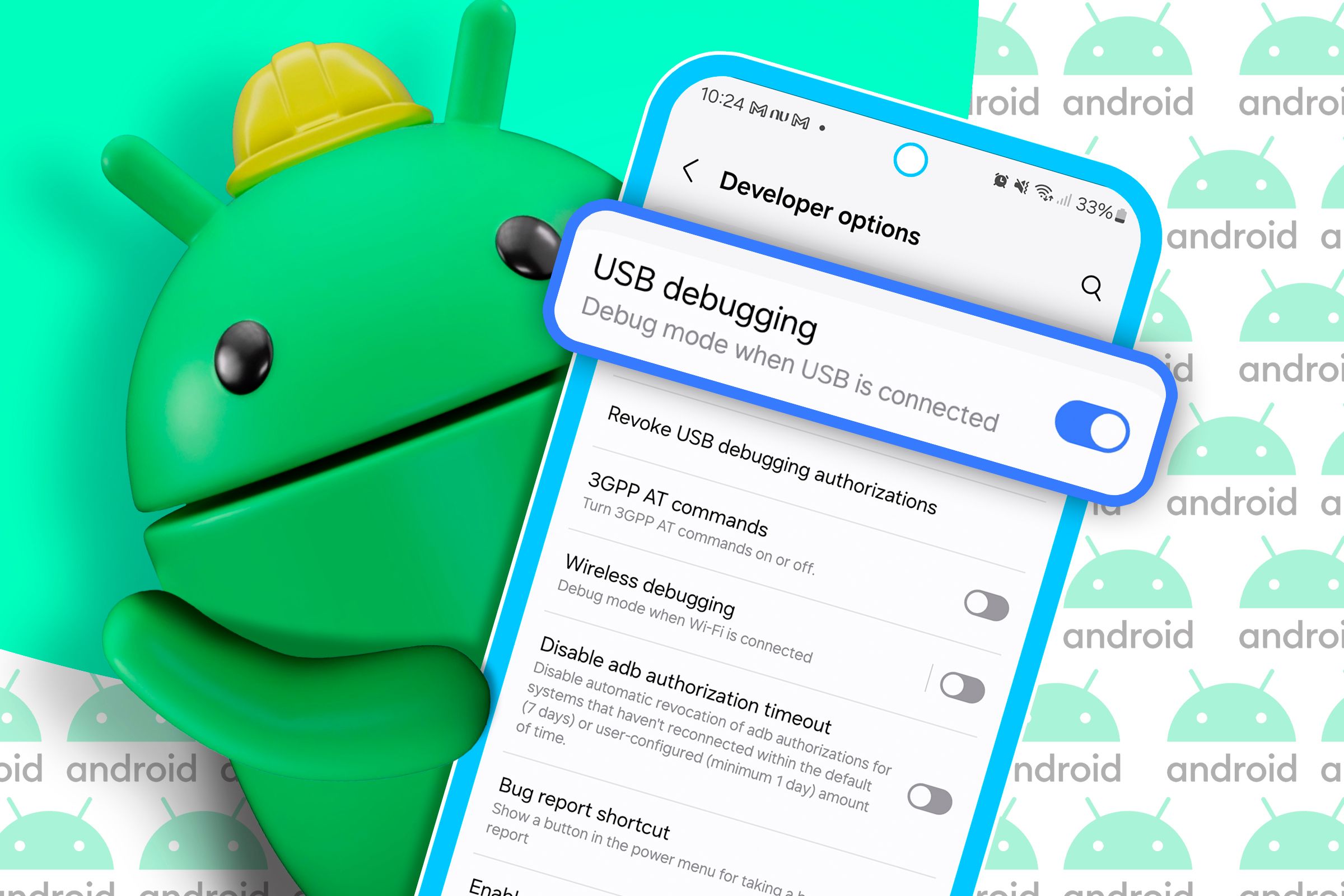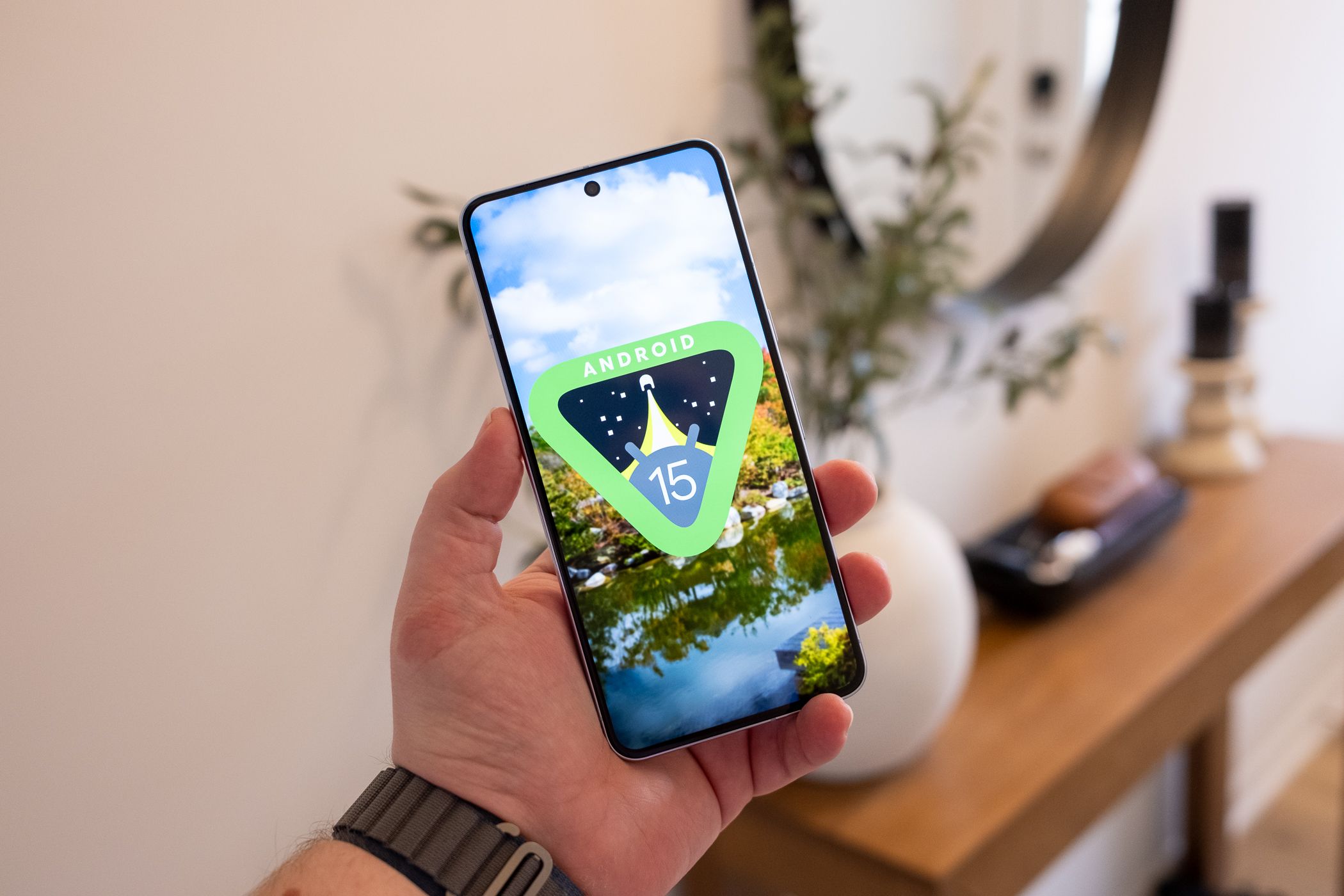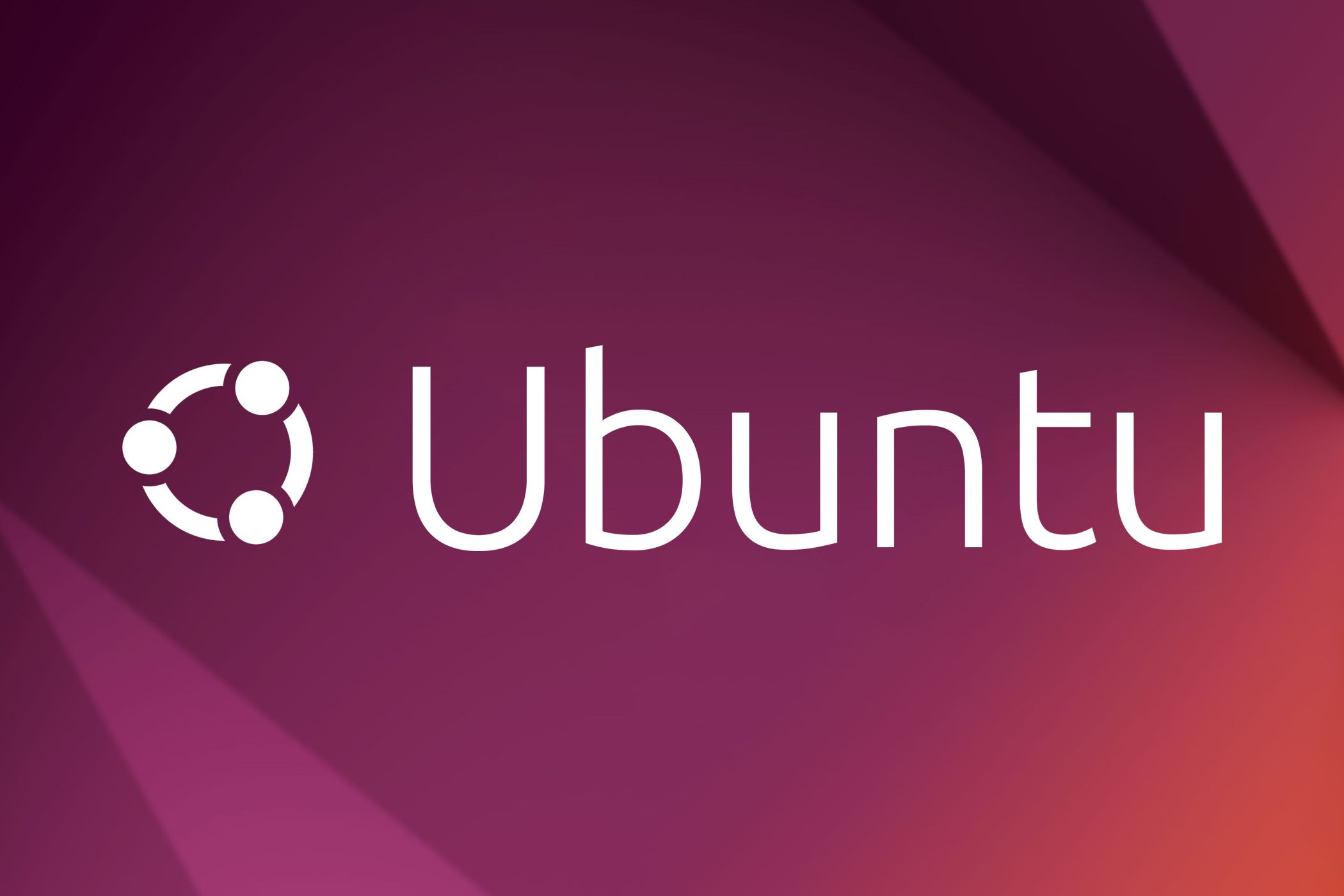Android Developer Previews Are Not For You
Android
Quick Links
-
What is a Developer Preview Really?
-
They Aren’t Meant for Daily Use
-
Wait for the Beta If You Must
You might be tempted to flash Android Developer Previews to try out the latest features before anyone else. But for the average person, they’re almost always more trouble than they’re worth. Think before you download.
Google surprised everyone with an early release of the Android 16 Developer Preview. While that’s certainly exciting, it shouldn’t be seen as an invitation to jump on the Android 16 train early. We still have some waiting to do, and I’ll explain why.
What is a Developer Preview Really ?
Despite “developer” literally being in the name, many people don’t fully understand the purpose of a Developer Preview. In reality, a Developer Preview is a sneak peek behind the curtain of Android development–not a sneak peek at consumer features. It’s a way for developers to get a head start before the new version is released to the public.
But here’s the thing: Developer Previews tend to be riddled with bugs, instability issues, and potential compatibility problems. Imagine your phone randomly rebooting in the middle of a call, your Bluetooth connection dropping out constantly, or your favorite app crashing unexpectedly. That’s the kind of “fun” you can expect with a Developer Preview.
In a way, software is never truly “finished,” but Android Developer Previews are explicitly unfinished. Sure, it might look good and seem harmless, but it needs more time to bake before it’s ready for consumption.
They Aren’t Meant for Daily Use
Developer Previews are designed for, well, developers. App creators need to test their apps on the latest Android version to ensure compatibility and explore new features. It’s a crucial step in the app development process, allowing developers to iron out any kinks and optimize their apps for the upcoming release.
As mentioned above, Developer Previews are no stranger to bugs and restrictions. For example, mobile payment apps such as Google Wallet don’t work on unreleased software. So, if you rely on mobile payments, you’d be stuck out of luck if you’re running the Developer Preview on your daily driver.
Simply put, Developer Previews are not intended for normal phone usage. Even the developers who need these previews are not putting them on their daily phones. It’s a testing environment for a secondary phone or the Android Emulator. You wouldn’t leave your home in an unfamiliar city with an incomplete map, and you shouldn’t leave your home with a phone that could bug out at any moment.
Wait for the Beta If You Must
If you’re itching to try out the latest Android features, consider at least waiting for the public beta (Android 16 Beta 1 is coming in January 2025). Beta versions are more stable and refined than Developer Previews, with fewer bugs and improved compatibility. They’re still not perfect, but they offer a much smoother experience for the average user.
The beta program allows Google to gather feedback from a wider audience and identify any remaining issues before the final release. It’s a win-win situation: you get to try out the new Android version early, and Google gets valuable feedback to improve the software.
Unless you’re a developer or someone who enjoys living on the bleeding edge of technology (and dealing with the inevitable headaches that come with it), stick with the stable, publicly released versions of Android on your daily phone. You’ll be happy you did.








